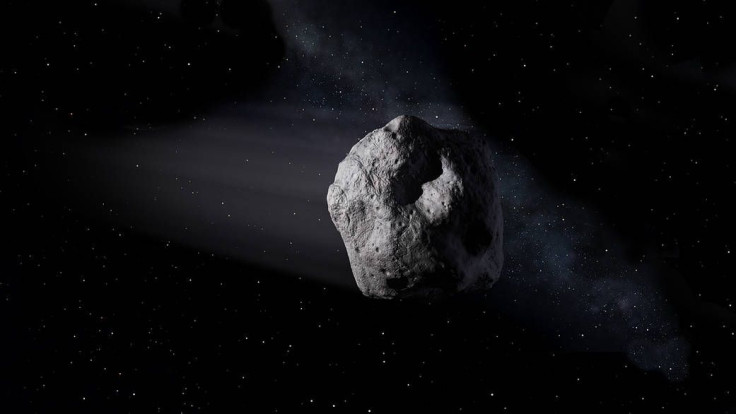Earth At Risk After Astronomers Lose Track Of 900 Asteroids

Earth is in serious danger of suffering an unexpected impact event after the International Astronomical Union (IAU) admitted that it had lost track of about 900 asteroids. Scientists from the IAU warned these lost asteroids could show up anywhere in space and take Earth by surprise.
From 2013 to 2016, the IAU’s Minor Planet Center (MPC) in Massachusetts carried out an extensive campaign to track down near-Earth objects, or asteroids that closely approach the planet. During the course of the campaign, the organization was able to identify 17,030 asteroids.
Around 1,900 of these, or about 11 percent, were classified by the MPC as unconfirmed, which means the organization was not able to observe them long enough to pinpoint their orbits.
Unfortunately, due to the technical limitations of Earth-based telescopes, the IAU noted that they have lost track of some of the asteroids they have previously identified. In total, almost 900 of these asteroids are considered missing. Since these asteroids are unaccounted for, the organization cannot track their orbits or check if they are on a collision course with Earth.
Dr. Peter Veres, who headed the MPC’s asteroid-hunting campaign, warned that these asteroids could appear anywhere.
“We need to act fast,” Veres told New Scientists. “Tomorrow, that object could be on the other side of the sky, and nobody really knows where it will be.”
According to Veres and the IAU, the sizes of most of the missing asteroids range about a few meters to less than a kilometer long. The astronomer believes that the asteroids that are as big as the one that wiped out the dinosaurs 66 million years ago are not missing. However, Earth is still in danger of getting hit by asteroids that can destroy large areas.
“We believe that the largest ones – planetary killers larger than one kilometer – those are basically all found,” Veres said. “I would say the danger is coming from objects we haven’t discovered yet.”
As history has shown, relatively small asteroids, such as the one that caused the Tunguska Event in Russia in 1908, can still be very dangerous. This asteroid, which was estimated to be about 50 to 190 meters long, flattened about 2,000 square kilometers of forest. This area is almost as big as Jacksonville, which is the largest city in Florida.
© Copyright IBTimes 2024. All rights reserved.





















